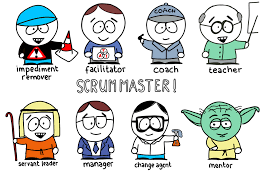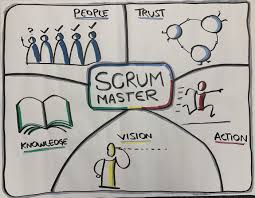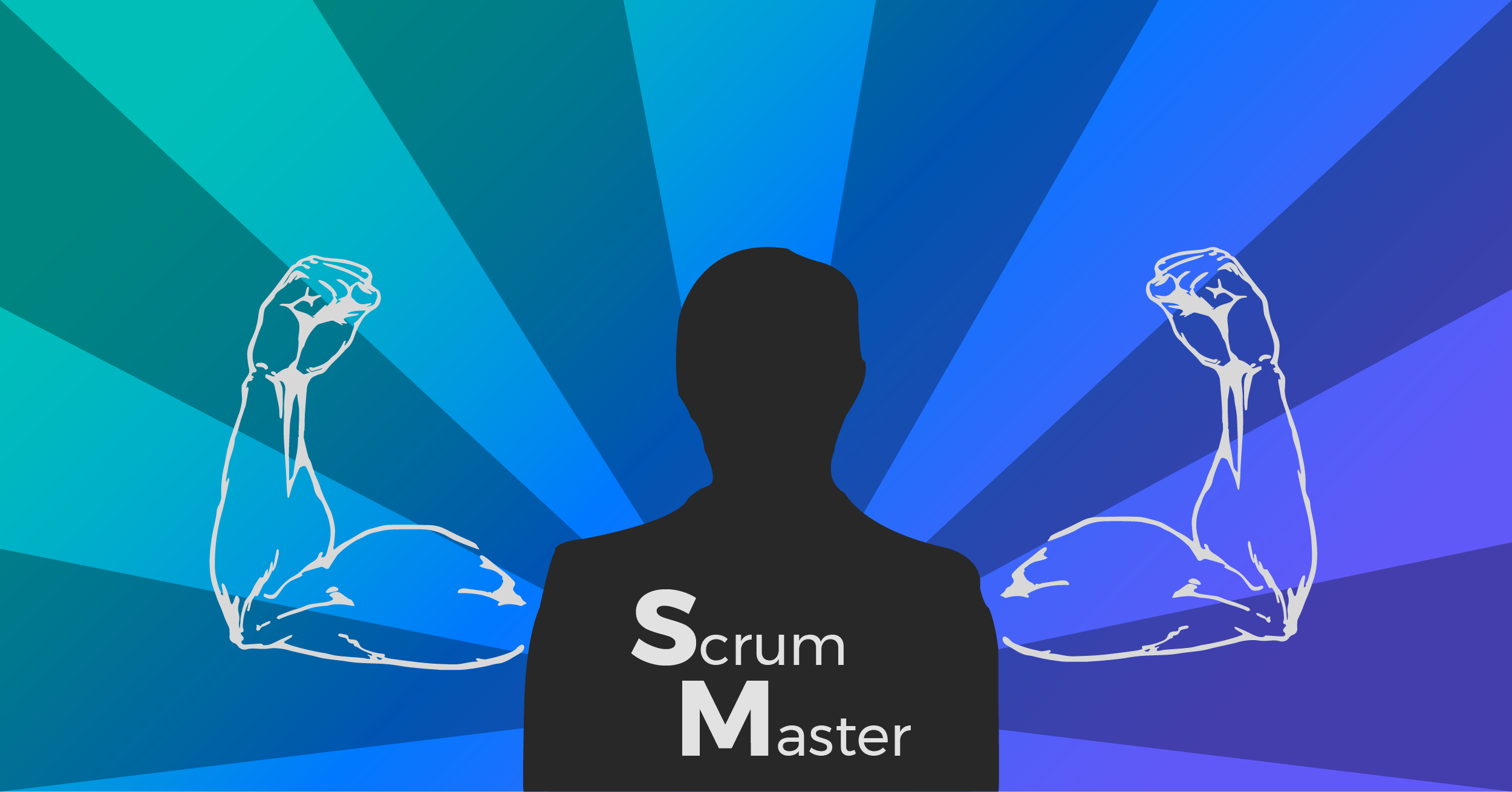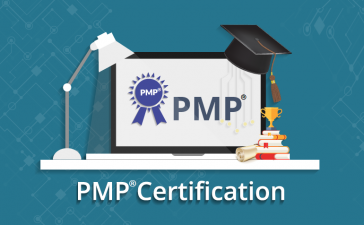Foreword
Hey!!! Let’s take a coffee break….
It’s time for our team meeting….
Can you guide me with your expertise in scripting this mail to the client?
Does that sound familiar to you? Yes, that was before the COVID-19 Pandemic hit the world and the offices were working 24*7. Now, the scenario has taken a 180-degree shift and so have the organizational strategies of Agile working from home. Now, as a scrum master, leading the team for all communications and collaborations among successful project completion by mere virtual presence is a challenge. However, the majority of the well-known companies like IBM, TCS, Apple, Microsoft, etc. have emerged successful using this methodology and illuminating their market value even in the pandemic. So, if you wish to upscale yourself in the Agile race. Let’s dive straight into it:

Top 30 Scrum Master Interview Questions and Answers are as follows: –
Q.1 What is a Scrum?
- Scrum is nothing but a popular framework of Agile that includes all the principles that are considered best for several organizations across the globe. The scrum framework enables the teams to efficiently organize themselves to learn from their experiences and improve along the way making them self-sufficient.
Q.2 How many roles are there in Scrum? Define the roles in short within the Scrum framework?
There are 3 main roles within the scrum.
- Product Owner – As the name suggests, the product owner is the individual who determines the features of the product and constantly makes the required changes for the best-in-class product.
- Scrum Master – A scrum master is any professional who forms a scrum team and leads a project using agile techniques for a successful outcome.
- Scrum Team – As the name suggests, it’s a team, formed by individuals who ensure that the requirements are met and the product is delivered on time.
- One gets a deeper insight into the same post-scrum master training.
Q.3 What are a few of the main responsibilities of a scrum master?
- Understand the roles and responsibilities within the Agile framework and also ensure that his team is well trained with the same.
- Daily invests time in hosting meetings to understand the team challenges and bring up the required solution.
- Assist in the backlog of the product for the product owner.
- Remove all the distractions and help the team progress smoothly.
- Ensure that every member is working in tandem for the final outcome along with the usage of value during the sprint meetings.
Q.4 What is the significance of daily sprints?
Daily sprints do not exceed more than 15 minutes and the following are discussed –
- The assignments that went smoothly
- The assignments that were completed
- The assignments that are pending and the reasons
- Challenges faced if any
Q.5 Is it the responsibility of the Scrum master to draw the daily sprint board?
- No, the scrum master does not have the obligation to make the daily sprint board, it is the responsibility of the developing team to do the same. However, full support from the scrum master has expected if no member of the team is familiar with the same and the scrum master can go with an offline board.
Q.6 What are some of the components of an offline board?
- Should have the work that is “ready” and that is “done”.
- Information to be provided on the sprint including the goal.
- Backlog issues to be prioritized.
- Create 1 issue per lane
- List of attending members.
- These components are easily understandable with proper scrum master training.
Q.7 What are a few of the indicators in determining the success of any project?
- Timely delivery of products to the customers.
- Improved agile methods that show opportunities in the market which were previously futile.
- Reduced allocation of resources over time.
- Improved team happiness with healthy competitiveness.
- Improved software quality with less time taken for maintenance.
- Greater respect is seen among stakeholders and their participation in events.
Q.8 Do you know about Scrum-ban?
- It is a methodology combining both Scrum and Kanban.
- This uses the structural methodology of scrum and visualization with increased flexibility of Kanban.
Q.9 What are some of the risks on Scrum?
Some risks in Scrum are as follows:
- People within the team – Team members to have appropriate skills and abilities.
- Budget – It could exceed in some cases.
- Product – In case it’s not well-defined.
- Sprint – Exceeding the time allotted for sprints.
- This would be more understandable on undergoing a scrum master training.
Q.10 How do you manage the risks in any project?
- Managing risk in any project is not a one-time activity. It’s a continuous activity to be done right from the inception of the project till completion.
- It can be done systematically by first of all identifying the risk, then assessing them, analyzing them, defining them, implementing the responses by continuous monitoring and managing them.
Q.11 Do you think scrum can work for any type of work?
- Scrum cannot be used for all types of projects because for the simple reason that it does not contain project methodologies. But it’s a framework designed to make the team working on the project efficient in less time and provide outstanding results.
- This also depends on the company or the person working on the project.
Q.12 Do you think given a chance you can also be the product owner?
- No, that won’t be the right approach. Both roles are completely different and have to remain so throughout the project completion. Both work in tandem, have the same goals.
- However, they run the scrum team while the product owner supports the scrum master with the backlog and ensures that the company gains the maximum value of the product.
Q.13 Do you think you need to remove obstructions/hindrances from the scrum team?
- No, Scrum master should not be worried about such scenarios, else the team will never be self-sufficient. Needless to say, the scrum team should be making their own decisions and try to sort everything.
- However, at the inception of the project, its recommended that the required clarity, guidance etc, is given which should be later taken on by the scrum team.
Q.14 What can you say about the burn-up and burn-down charts in scrum?
- These are the charts used to track the progress of any project. Burn-up charts are nothing but illustration of the completed work while the burn-down charts illustrate the pending work.
- However, these are not to be considered in terms of hours but in terms of the stories of the users.
Q.15 What do you think is velocity in any project and how do you measure it?
- Velocity is nothing but the prediction of the amount of work that can be completed in a sprint and the amount of time that is required for the completion.
- Previous sprint’s story points are summed up to get the velocity.
Q.16 What do you think is a story of the user in scrum and how does a good story look like?
- Agile methodology uses a story tool showcasing a small piece of values of the business that can be illustrated by the scrum team in a sprint which is nothing but the most simplified version of the requirements of the end-user.
- It is basically divided into 3 stages –
- Who is the user?
- What is the intention with which the requirements are placed?
- What is the value that will be bought to the user at the end?
Q.17 Can you explain what is meant by a scrum of the scrums?
- This can be explained with the help of an example. Say there is a project with 6 teams working on it simultaneously. Each team member is responsible for leading their scrum meets.
- This means that each team has to organize their scrum meetings and this is known as a scrum of the scrums.
Q.18 What if your product owner comes to you with a new requirement, what will you do then?
- The answer cannot be a fixed one in this situation. This can go in 2 ways.
- One way – Take up the requirement and then discuss it in the next sprint by putting the same in the backlog for now.
- Second way – If the requirement is of a high priority in nature, take it up and discuss the same with all the required stakeholders and the risks involving the same.
Q.19 You have called a sprint, however, one of your scrum team members thinks it’s just a wastage of time. What do you do in such a situation?
- There is no right or wrong approach to this situation.
- Firstly, before forming the scrum team, the team was sufficiently briefed on the expectations and the flow of events that would happen.
- Should speak to the particular member regarding this thinking of wastage of time on sprint and make the person understand the importance of this Agile working model.
- Should analyse the team member’s perspective of the thinking.
- If after much explanation, if the team member is unwilling to co-operate then, the matter needs to be dealt with the higher authorities as this should not hamper the project outcome in any way.
Q.20 What do you mean by a minimum value product (MVP) in scrum?
- MVP can be described as any product that has minimum required features that are displayed to the respective stakeholders involved in the project and makes it entry eligible for the process of production.
- This is also an aspect covered in the scrum master training.
Q.21 Do you think there are disadvantages of scrum or its only advantages that govern the scrum?
- Every and any methodology have both advantages and disadvantages. So, scrum would not be an exceptional one.
- This methodology may not be fully executable with large size of teams.
- Experienced professionals may be required for their inputs on complex projects.
- Team members might not be fully happy with the idea of daily sprints.
- There could be uncertainty in the projects with frequent unexpected changes leading to long discussions and maybe not fruitful outcomes sometimes.
Q.22 What do you think is the role in sprint retrospectives?
- As the name suggests, the scrum team analyses and discusses the points that went well during the previous sprints and focus and identifies the improvement areas that can be considered going forwards.
Q.23 Can you state 3 differences between Agile & Scrum?
- Scrum is more of an innovative type framework with an experimental basis. Agile is more of a simple design with an execution type of design.
- Scrum teams are suitable for handling changes in the regular pattern as per the requirements. Agile is suitable for smaller teams with changes that can’t be regularly handled.
- Stand-up meetings are held daily in Scrum. Face-to-face type of interactions is held between the various involved teams.
- Many more differences can be easily comprehended by scrum master training.
Q.24 What do you mean by empirical process control in Scrum?
- It is nothing but any work that is based on all the observations, the facts, the experiments, the evidence, etc.
- It is transparently based on observation and adaptation. This can be easily understood by undergoing the required training.
Q.25 What do you mean by DoD?
- DoD is nothing but a definition of done which includes the codes that are written, the comments given during coding, the testing, documenting designing part, notes that are released along with it, etc.
Q.26 As a scrum master, how can you be a servant leader?
- The term servant leader is nothing but a service-oriented leader.
- Should act like a guide, a mentor, or like a facilitator as applicable during the role.
- Should not be following the team blindly but be loyal to them, earn their trust, and gauge in which direction the entire plan goes.
- Protect the team from any external hindrances and also lead them through debate in a healthy way.
Q.27 As you have opted for this role, how do you ensure where you need to improve?
- Improvement is a very subjective topic and accordingly, the following can be an adaptive strategy in the long run.
- Always be open-minded and welcome the suggestions as applicable.
- Always share experiences so that others can benefit and also give their valuable feedback for self-improvement.
- Try to organize seminars to increase the knowledge and reduce the gaps within the teams.
- Retrospective meetings are also good to understand where is the exact lacking or which best strategies can be adapted for further progress of the project.
- There are many more ways to understand this and this can be adapted by undergoing a proper scrum master training program with hands-on practical experience.
Q.28 Does a scrum master have a responsibility to code?
- It is not a requirement, however, knowing the coding part will be an added advantage for the role.
Q.29 With the ongoing pandemic situation of the work-from-home, how do you think as a scrum master you can handle remote teams working for you?
- Try to build a good rapport with the team by taking status updates, wellness checks in intervals.
- Built a team culture where all are open to suggestions and ready for improvement so as to be in line with the project requirements and in tandem with the outcome of the project.
Q.30 Are you a certified scrum master? If yes, why did you choose that particular certification?
- Yes, I am a certified scrum master and my scrum master training certification is from Henry Harvin Agile And Scrum Academy – Henry Harvin® Education.
- I did my certification from Henry Harvin since it is the most renowned industry with an experience of 15+ years. It has been invited by 100+ keynote classes for the course.
- They have 9 in 1 course covering the training, projects, certifications, internships, placements, boot camps, e-learnings with hackathons, and many more features like gold memberships for a period of 1 year.
- They have a comprehensive curriculum with 100% hands-on practical experience.
- They also have scrum training courses to enhance the knowledge which includes 20 types of PDUs and 16 types of SEUs.
- On top of it up, if we are not satisfied with the course at the end, then there is a guaranteed money back offer. What else could I ask for?
- These are a few of the reasons for me opting for a course from Henry Harvin (Certified Scrum Master Training (henryharvin.com).
Conclusion
The history of the invention of scrum dates back to 1986 from Japan, however, even in 2021 amongst the COVID-19 pandemic, it is one of the most sorted out frameworks for successful companies as well as the emerging ones across the Globe.
I’m sure that the above questions and answers will come in handy for any scrum master interview to be cracked easily. However, just remember that there are no right or wrong answers. It all depends on the experience of the individual, experience of the company, and addressing the issues head-on with one’s presence of mind. To ace an interview, one needs to have a broader understanding of this highly held position, and needless to say, scrum master training certification will help in climbing the ladder, which would not only benefit you as an individual but also the organization that is rooting for you.

FAQs
Definitely, it’s a very good career option. The person getting certified as a scrum master, is not just getting trained to be one, but also can choose to be a mentor at some stage or a manager, or can be a product owner depending on the situation of the project or the company requirements. Also, one way of looking at this is that more and more companies are opting for this methodology of work to be self-reliant and sufficient in delivering their end products as per customer needs and time, so the probabilities of having multiple opportunities are increasing day by day.
If you are well versed with the concept of Scrum and have a thorough understanding of the Agile way of working, then passing an interview would be effortless.
Being able to communicate effectively to remove the hindrances and working in tandem with all the stakeholders bringing out the desired outcome of the project considering all the principles of Agile is one of the main qualities that naturally comes with the experience of the projects handled before.
I can confidently say that I am knowledgeable with good communication skills leading to be influential with good collaborative skills, a good observant who has grasped all leadership skills from my mentors.
Hence, I would be an ideal candidate for being the scrum master and especially for this project.
On average, in India the salary would start from 10 lakhs per year can go up to 13 to 18 lakhs per year.











Recent Comments